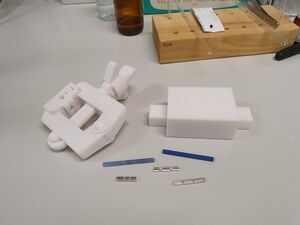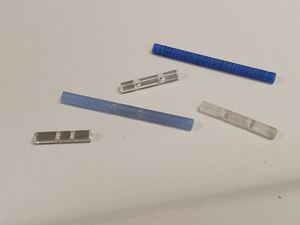User:Karel: Difference between revisions
From CoMakingSpace Wiki
No edit summary |
→Projects: made the bed leg photos the same height - I think you were trying to achieve that? Maybe galleries next ;-) |
||
| (32 intermediate revisions by one other user not shown) | |||
| Line 3: | Line 3: | ||
== Projects == | == Projects == | ||
For the home: | For the home: | ||
[[File:Karel - bed leg.jpg|thumb|left| | [[File:Karel - bed leg.jpg|thumb|left|height=220px|When the legs on your bed break, don't despair - just make super solid, new ones !]] | ||
[[File: | [[File:Bed leg 2.jpg|thumb|centre|height=220px|Will. Not. Break. (And looks so much better than a stack of journals propping the bed up.)]] | ||
<br clear=left> | <br clear=left> | ||
For the [[lab]]: | For the [[lab]]: | ||
[[File:20201201 091706.jpg|thumb|left|260px|To keep your NMR tubes sorted, clean, and safe, keep them in bespoke trays; wood or teflon are good materials but anything else practically can be used.]] | |||
[[File:20201201 091516.jpg|thumb|center|200px|For easy handling when bulk cleaning the caps for the NMR tubes, a teflon board with holding slots works super well.]] | |||
<br clear=left> | |||
Phantoms for measuring the strength of the z-axis magnetic field gradient in an NMR spectrometer: fill the holes with water and take an image, i.e. the same process as MRT but only in one dimension. From the resulting image the strength of the magnetic field gradient in the z direction can be calculated. The clamp and the drill guide were [[3D Printing|3D printed]] and used to drill holes into the clear [[acrylic]] rods while the blue phantoms were 3D printed. | |||
[[File:16068390675358962047496940485048.jpg|thumb|left|Clamp, drill guide, and phantoms.]] | |||
[[File:1606839135802663591478552354468.jpg|thumb|center|A closer look at the phantoms, they fit inside the tubes shown above and are then put into the NMR instrument.]] | |||
[[Category:Labware]] | [[Category:Labware]] | ||
Latest revision as of 17:26, 2 December 2020
Hi, I'm Karel, I am a scientist at DKFZ and like to make small things to make life easier in the lab, or if something needs fixing at home.
Projects
For the home:
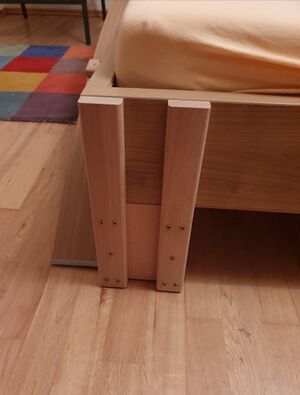
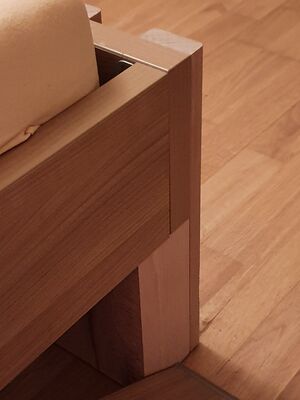
For the lab:
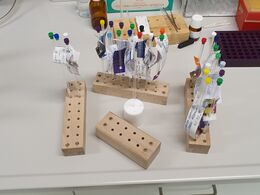
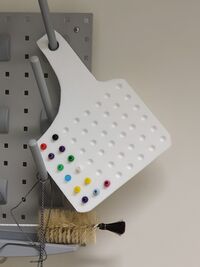
Phantoms for measuring the strength of the z-axis magnetic field gradient in an NMR spectrometer: fill the holes with water and take an image, i.e. the same process as MRT but only in one dimension. From the resulting image the strength of the magnetic field gradient in the z direction can be calculated. The clamp and the drill guide were 3D printed and used to drill holes into the clear acrylic rods while the blue phantoms were 3D printed.
